Kyushu Ramen: An Island’s Impact on Ramen
Terrell Wallin
Posted on October 02, 2021
Share:
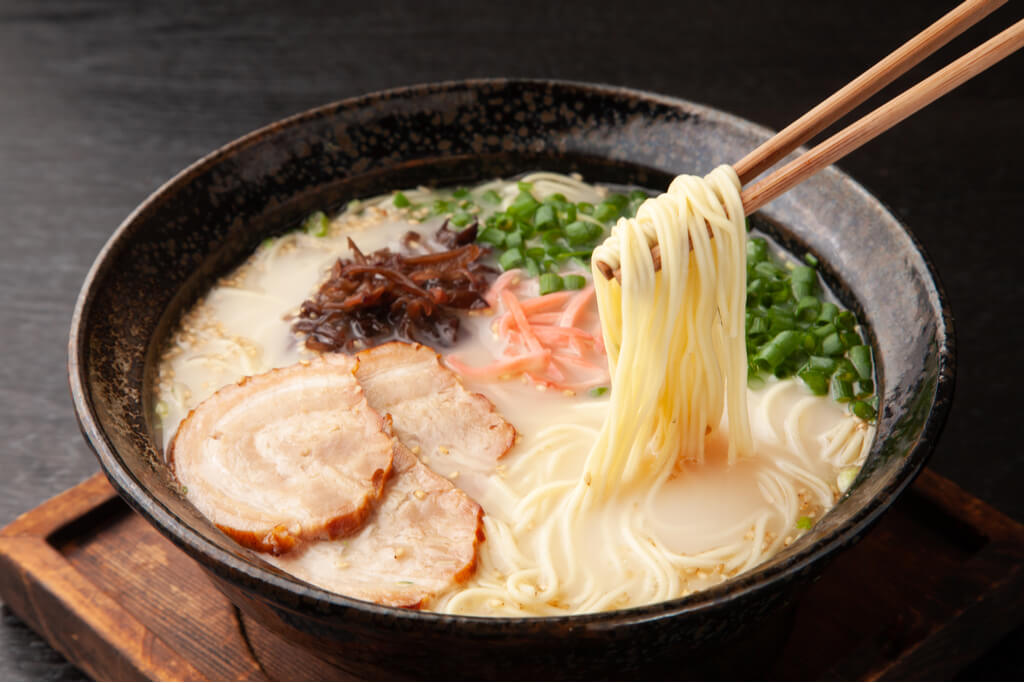
Japan has a history of putting their unique and delicious spin on different foods. After Chinese ramen (wheat noodles) was introduced between the late 1800s to early 1900s, the popular noodle dish was quickly adapted to the Japanese flavor palette and became its own style of noodle with many types, including Kyushu ramen.
Many areas in Japan have their own regional ramen varieties like shoyu (soy sauce) in Tokyo, rich miso (fermented soybean paste) in Hokkaido, or black ramen in Toyama. However, Kyushu ramen has also created a name for itself and has influenced the world of Japanese ramen forever.
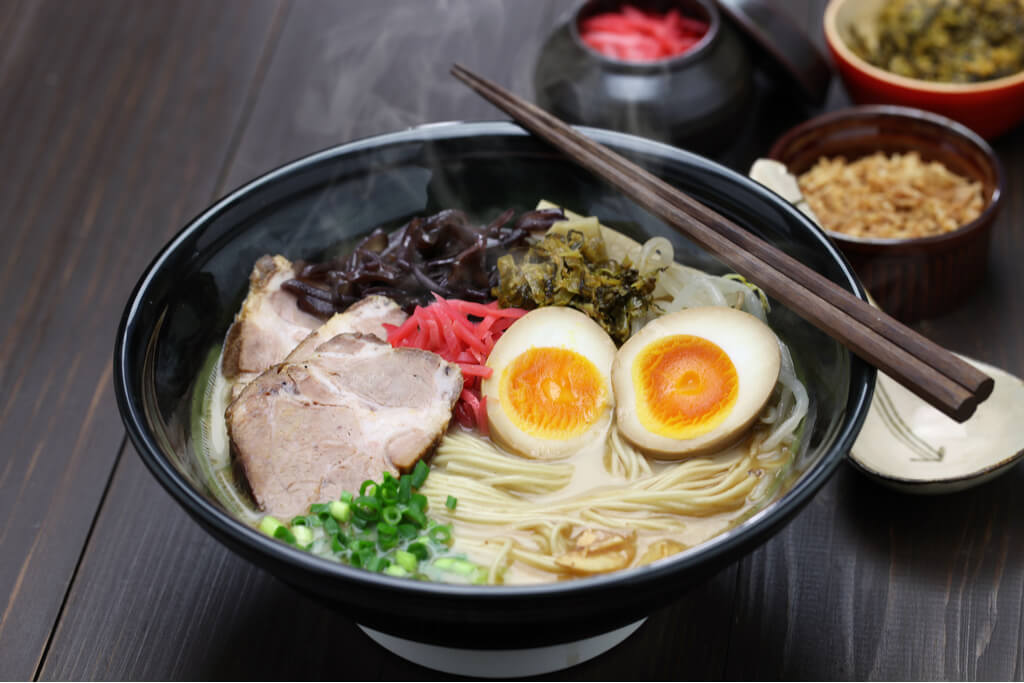
What is Kyushu ramen?
Japan is usually divided into five main islands. From northeast to southwest, Japan is made up of Hokkaido, Honshu, Shikoku, Kyushu, and Okinawa, and Kyushu sitting at the southwestern tip of Honshu. Kyushu itself is made up of seven different prefectures, including Fukuoka, Kumamoto, and Nagasaki.
As the name suggests, Kyushu ramen comes from the Kyushu area, specifically Fukuoka prefecture in Northern Kyushu. But what actually is Kyushu ramen?
Looking for ways to enjoy traditional Japan at home? Sakuraco sends local, traditional Japanese snacks right to you curated from areas like Kyushu, Tokyo, and Kyoto.
Unless you go to a Kyushu ramen restaurant, you won’t see Kyushu ramen on the menu. Its much more common name is ‘tonkotsu (pork bone) ramen’ or ‘Hakata ramen’. Tonkotsu ramen uses a pork bone base made by boiling them for many hours with some shops boiling them for 18 hours.
Compared to other ramen, tonkotsu ramen has a cloudier appearance and tends to be richer and creamier than others. It can also sometimes have collagen in the broth that adds texture and flavor. The noodles are also typically harder in the center compared to other styles. The noodles tend to continue cooking in the very hot broth, so the noodles soften as you eat them.
If you cook them too soft at first, they can overcook. This also means that they tend to serve noodles in smaller portion sizes so you can eat them quickly before they get mushy. If you’re still hungry after, just order kaedama, an extra order of noodles that you can put into your remaining soup. If you like your noodles cooked harder or softer, there are often options to change it to fit your noodle preferences.
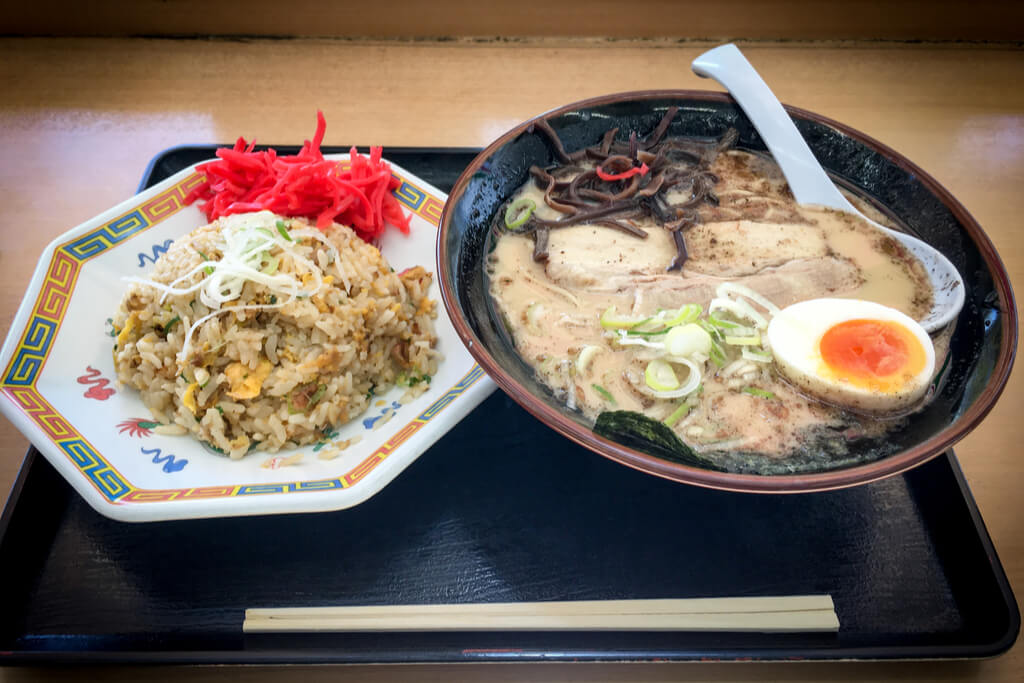
As toppings, you can usually expect to see braised pork belly, green onions, seaweed, pickled ginger, kombu (Japanese kelp), sesame seeds, or chili bean paste for added spice.
The name ‘Hakata ramen’ is a regional name for the dish. An interesting fact about Japan is that many regions used to have different names that changed as prefectures and borders were established, mainly in the Meiji Era. Much like Tokyo used to be Edo, Fukuoka was known as Hakata before.
Thanks to the influence of Hakata ramen, its name is usually synonymous with tonkotsu ramen and Kyushu ramen, but there are additional Kyushu ramen styles as well.
Kyushu Ramen Shops
If you want to try Kyushu ramen at the birthplace of the dish, you may as well experience it like a native. Many area locals often enjoy Hakata ramen at food stands called yatai. Yatai are very popular, but usually only have a very limited number of seats, with most only having 8-12 seats.
These stands are known to have amazing, creamy, thick ramen, so they are definitely worth checking out. However, after eating, make sure not to linger. When you’re done, make room for the next people to enjoy their ramen. Of course, buying a kaedama means you can stay a bit longer.
Also, remember your Japanese table manners and slurp your noodles.
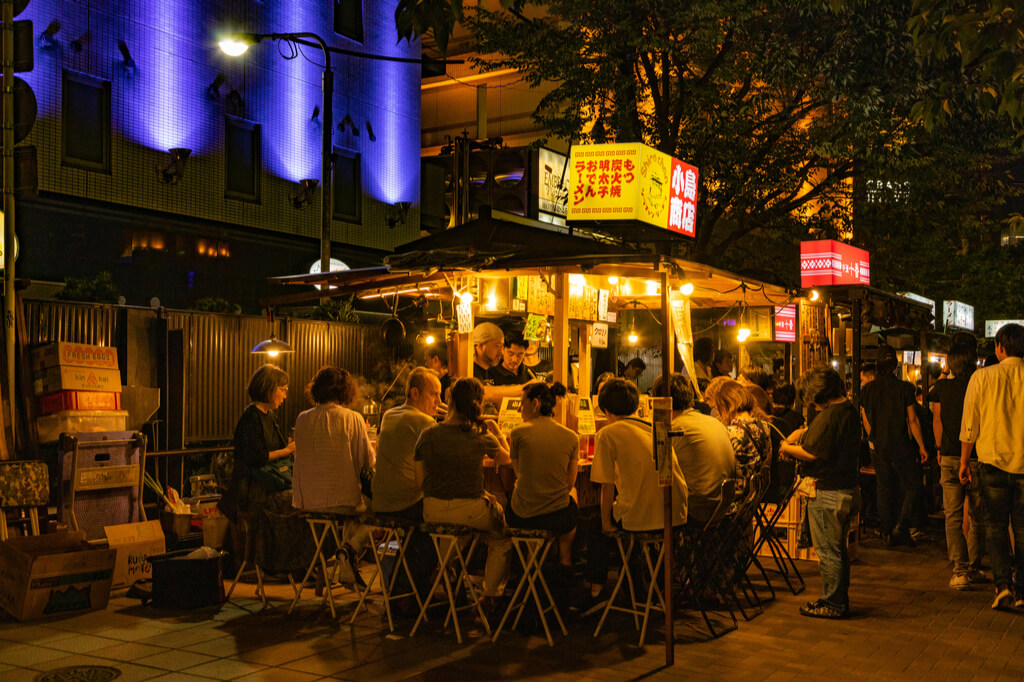
Another great way to experience ramen in Fukuoka is by going to the Fukuoka Ramen Stadium. It is just a short walk from the JR Hakata station and features several ramen stands that offer Hakata ramen. Plus, you can experience two local varieties of tonkotsu ramen – one from Kumamoto that uses garlic chips and oil, and another from Kagoshima that combines tonkotsu with chicken broth.
If you come to Japan, but don’t have time to visit Kyushu, you can still enjoy Kyushu ramen in other regions of Japan. Tonkotsu is an extremely popular style of ramen with many ramen shops serving the real thing to anyone who can’t go to Kyushu. You can also look for one of Kyushu Jangara Ramen’s locations where you can try Kyushu-style ramen with different options including vegetarian and vegan-friendly options.
Do you want to give Kyushu ramen a try? Have you enjoyed tonkotsu ramen before? Let us know in the comments below!

Discover authentic flavors with Sakuraco
Get Sakuraco 

Discover authentic flavors with Sakuraco
Get Sakuraco 
Related Articles
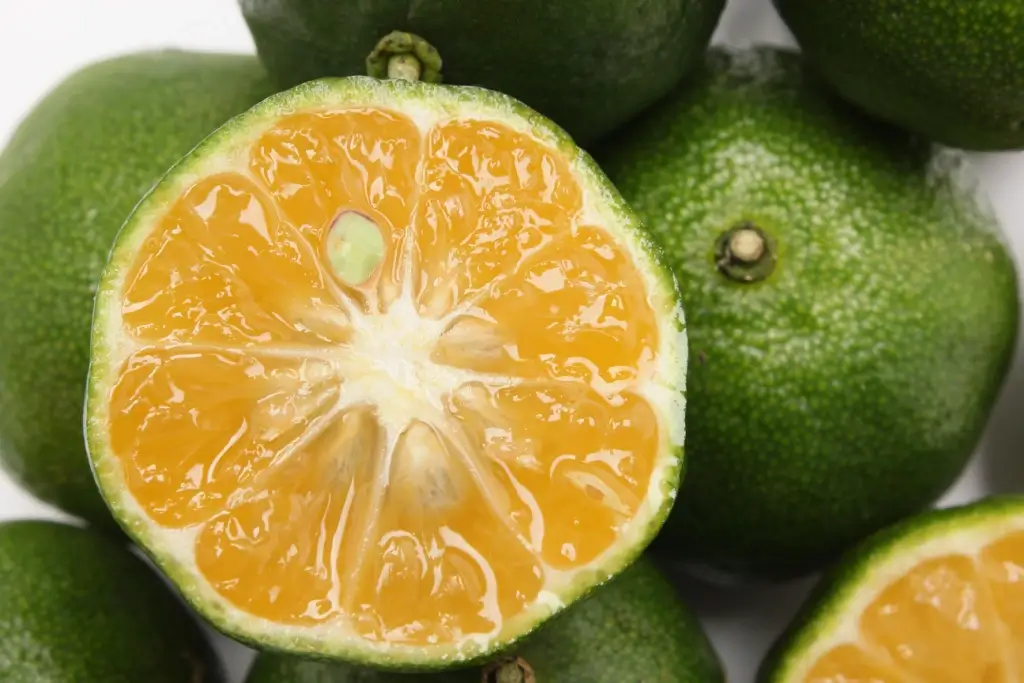
Shikuwasa: A Citrus Delight from Okinawa
In Okinawa, the fruit shikuwasa is widely used in various kinds of food and drink. Let’s explore this remarkable Okinawan fruit in more detail!
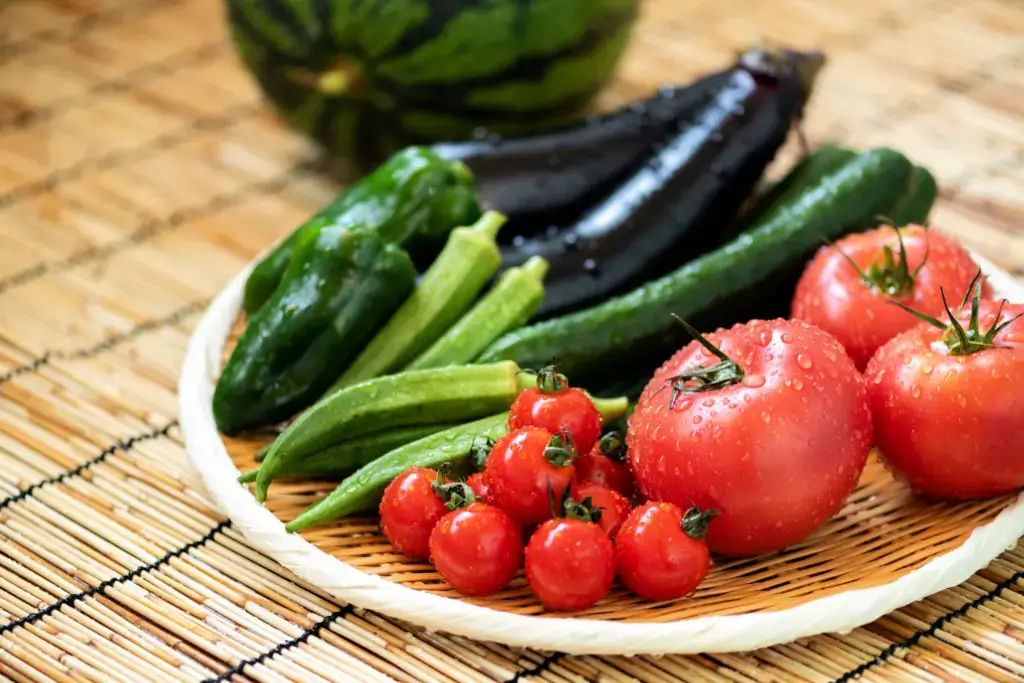
Japanese Vegetables: Awesome Picks for Hot Days!
People often crave cool foods and drinks to beat the heat in summer. Vegetables are always one of the top ingredients and essential in summer cuisine. This season offers a wide variety of delicious and healthy vegetables. Let’s explore some of the most popular Japanese vegetables in summer dishes!

What Is Mochi When You Fry It? It’s Agemochi!
Agemochi is a deep-fried mochi snack that is crunchy on the outside and full of rich flavor. It differs from fresh mochi but is still made from the same rice base. People of all ages love this tasty treat and is easy to find in shops around Japan.

Omakase Experiences You Must Try While in Japan!
One of the best foodie experiences to try in Japan is omakase, where you trust the chef to create a unique meal just for you. This style highlights fresh, seasonal ingredients and offers a personal, unforgettable dining journey. Here are five must-visit omakase restaurants that showcase Japan’s culinary artistry.



